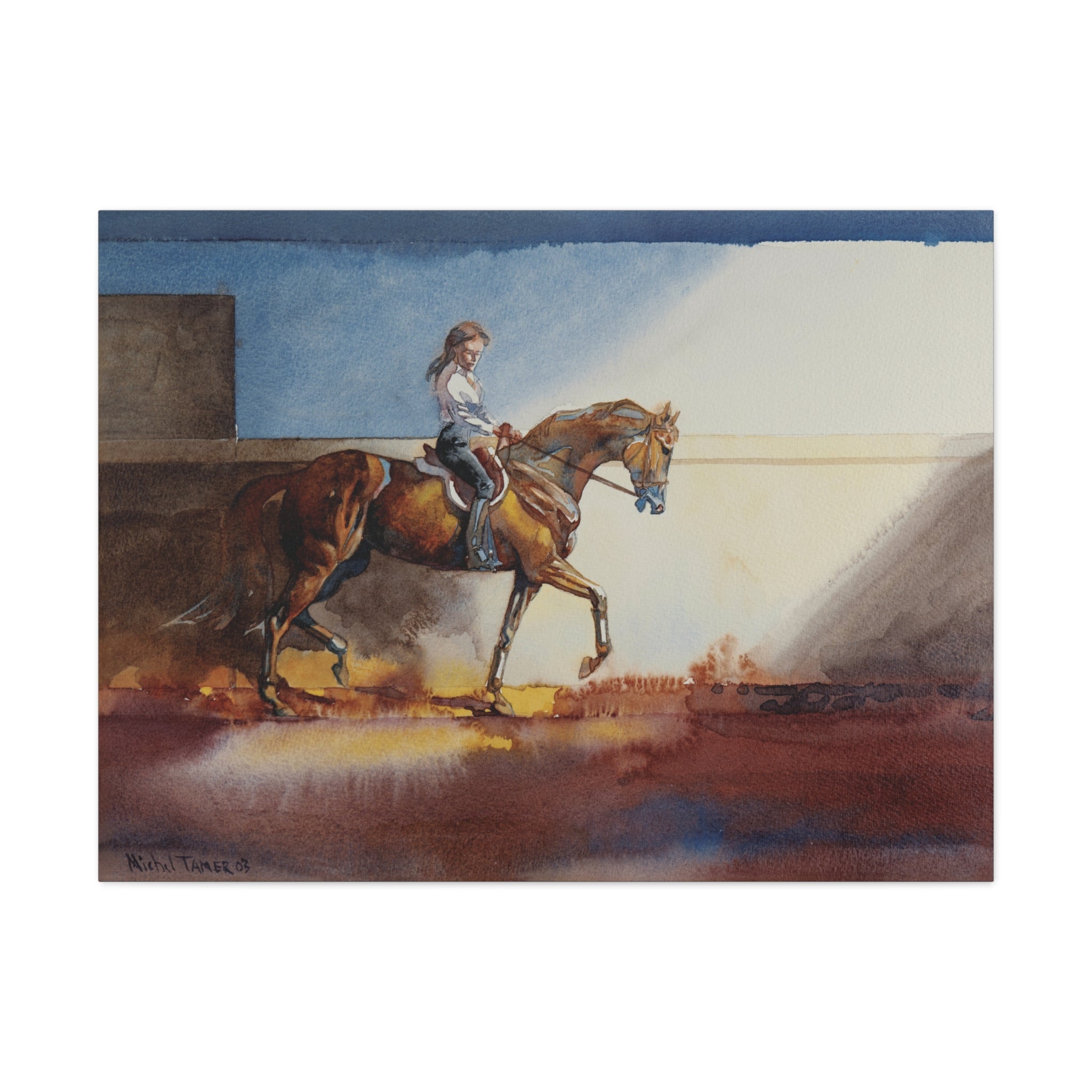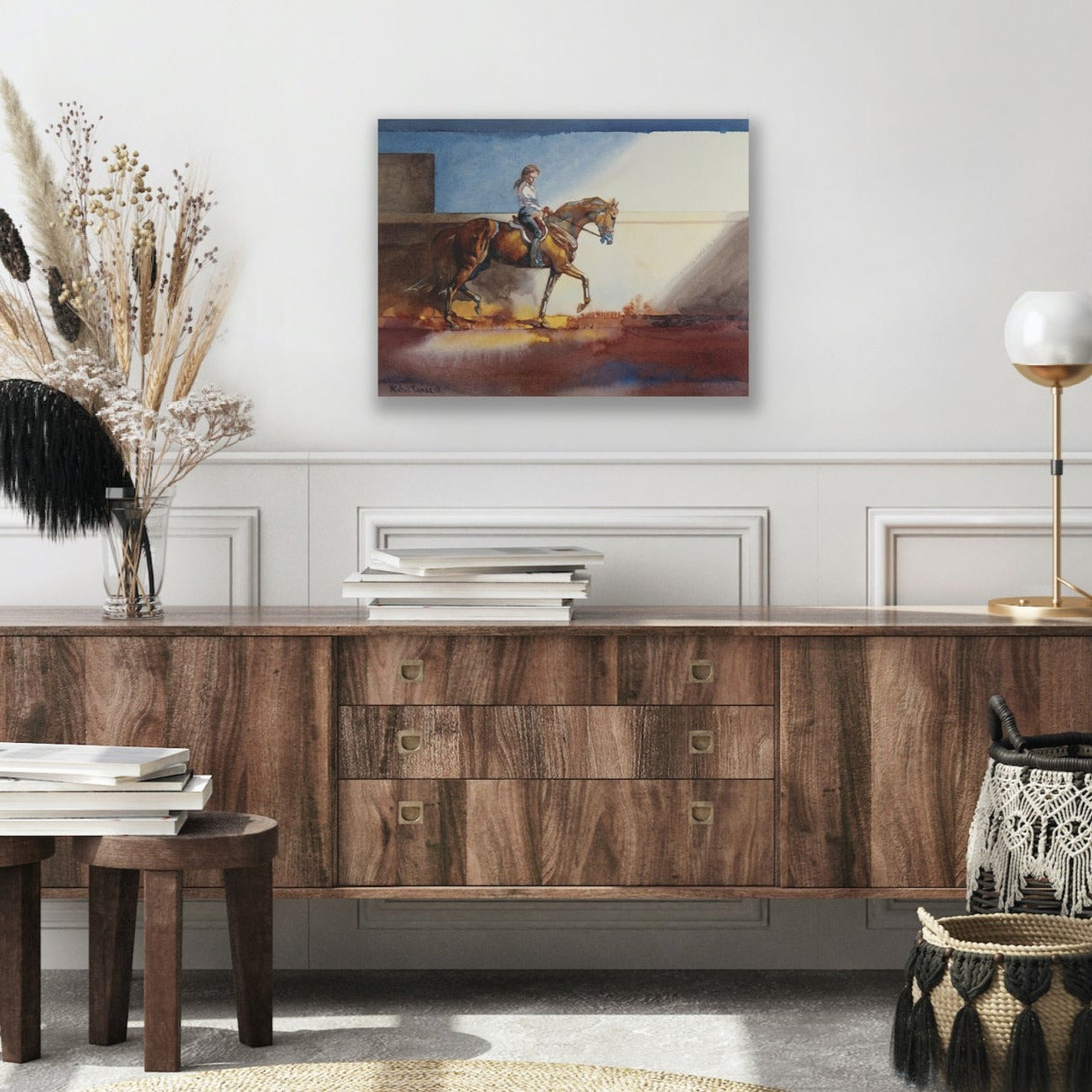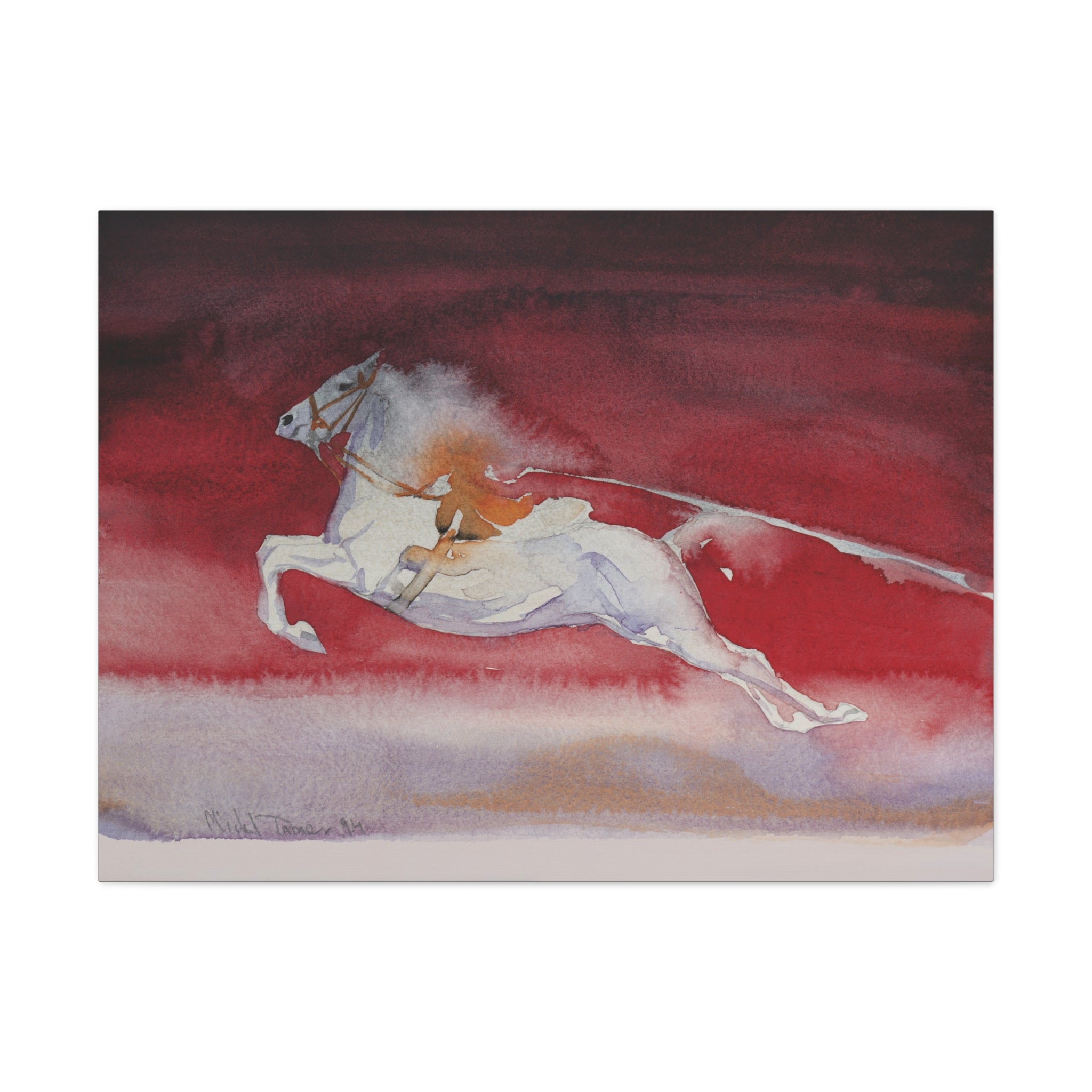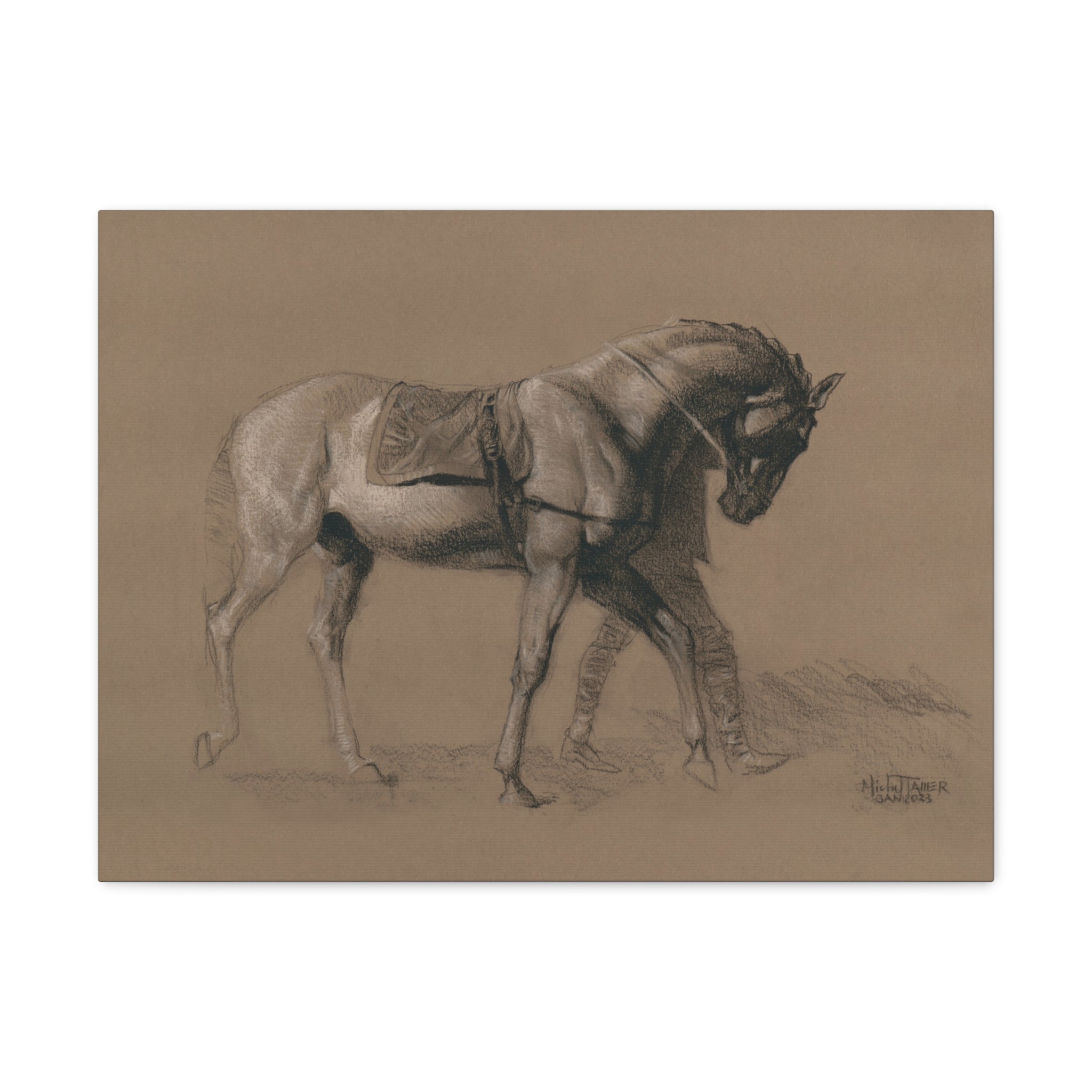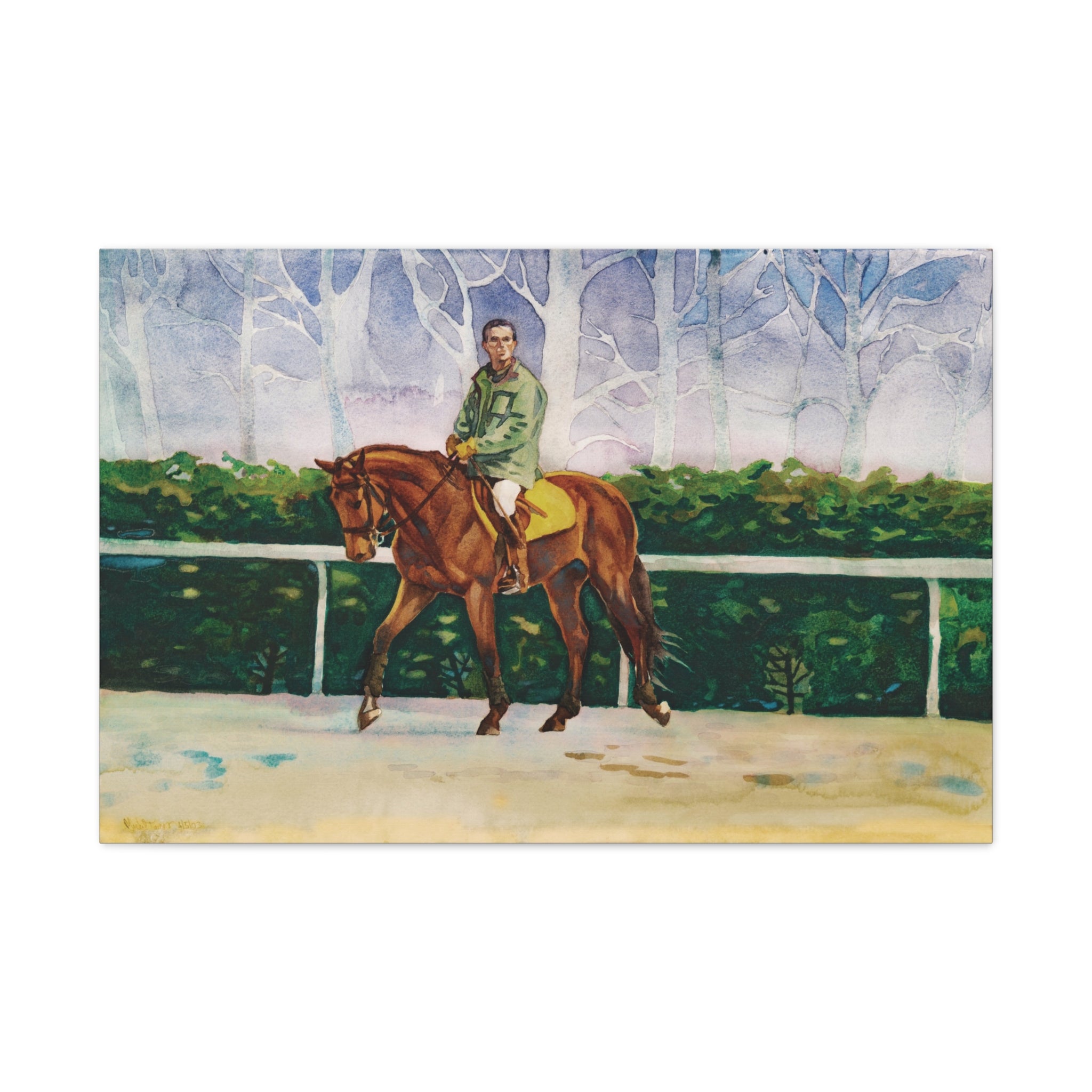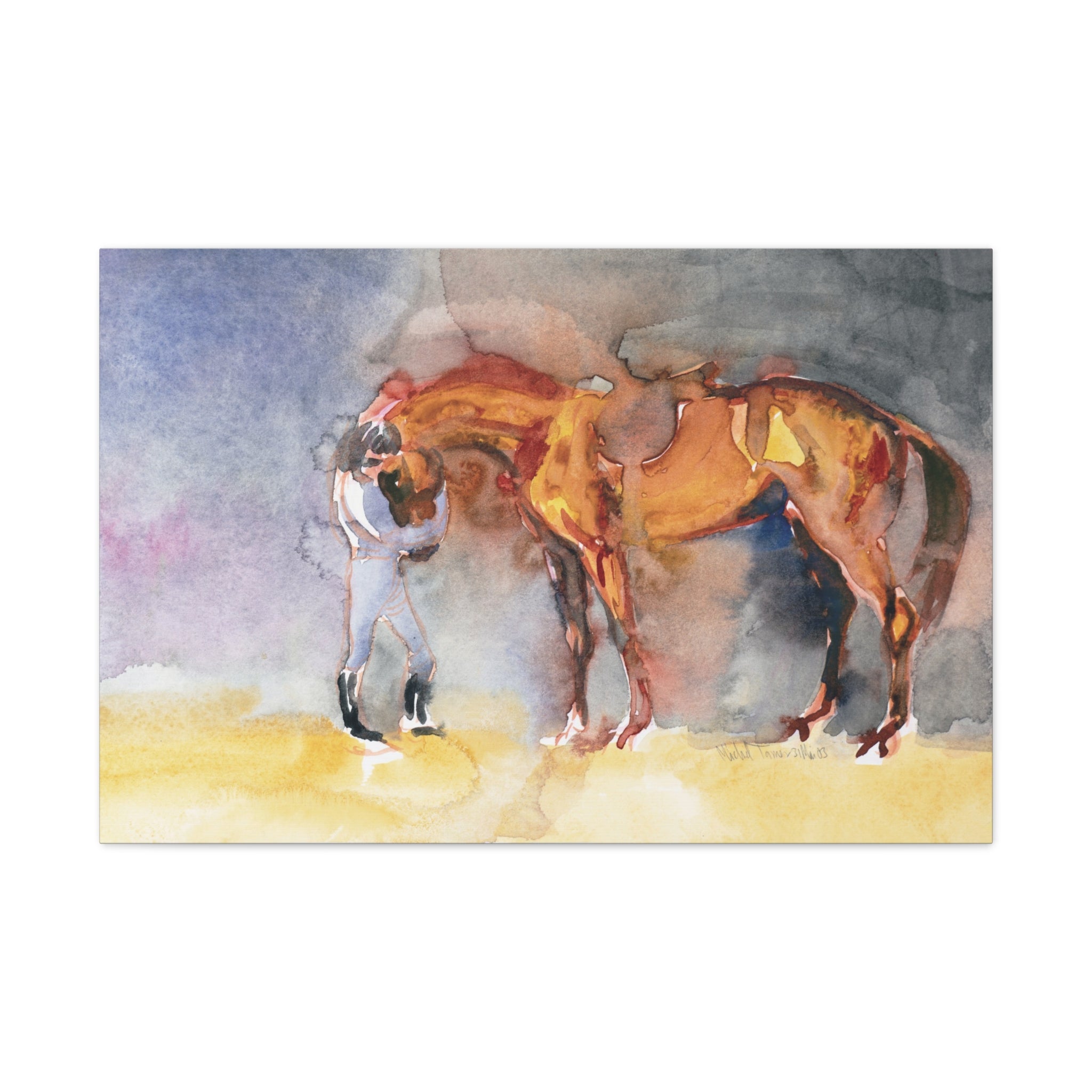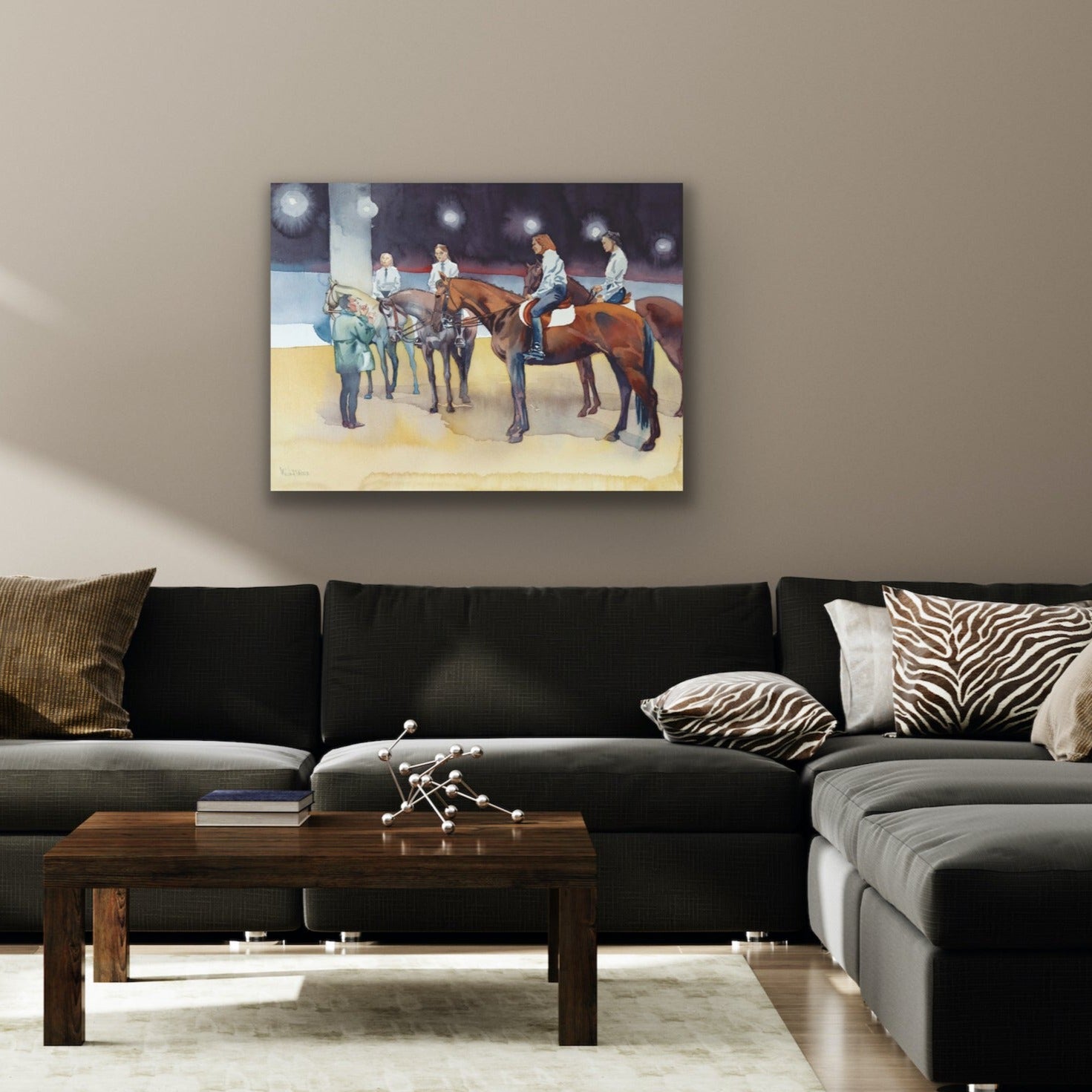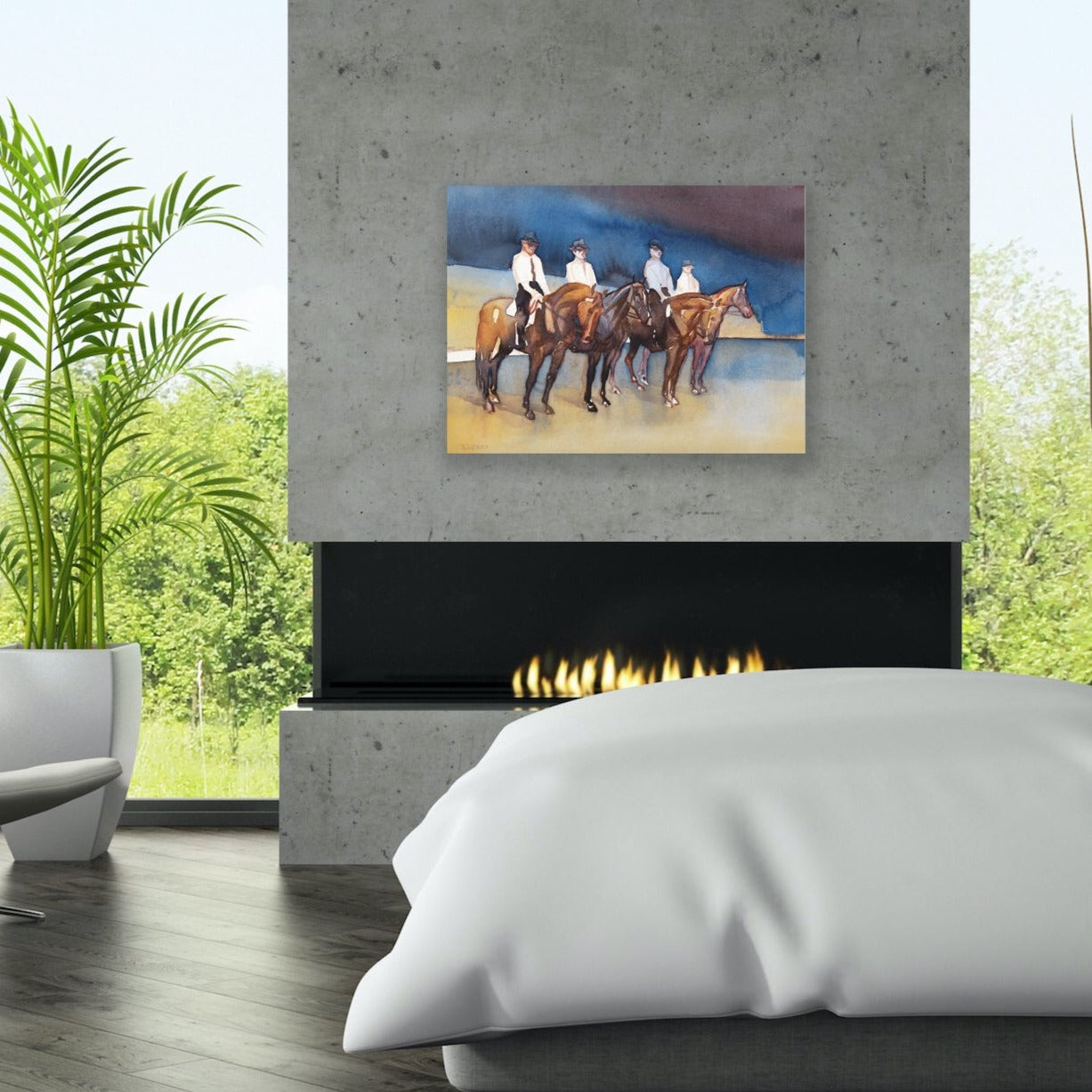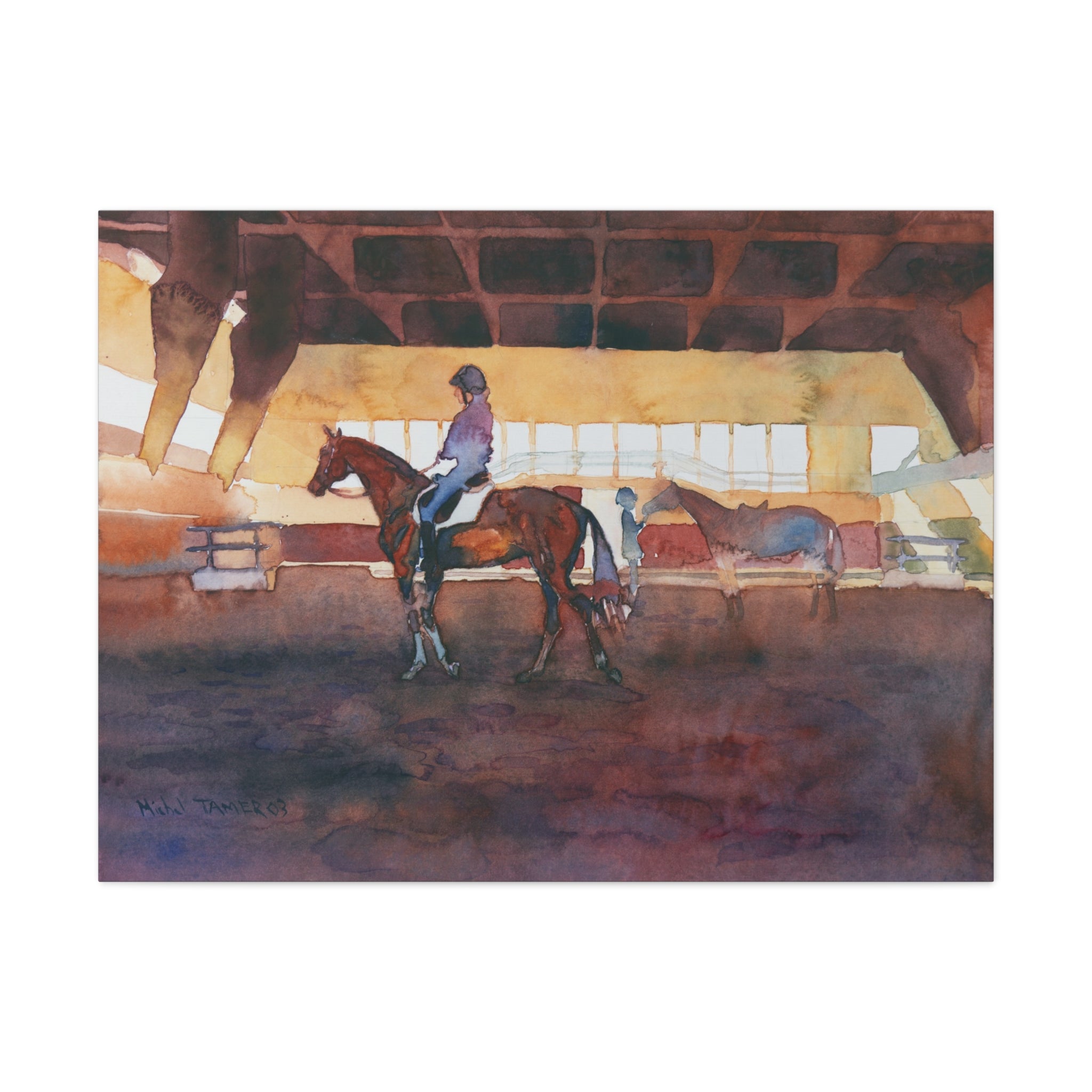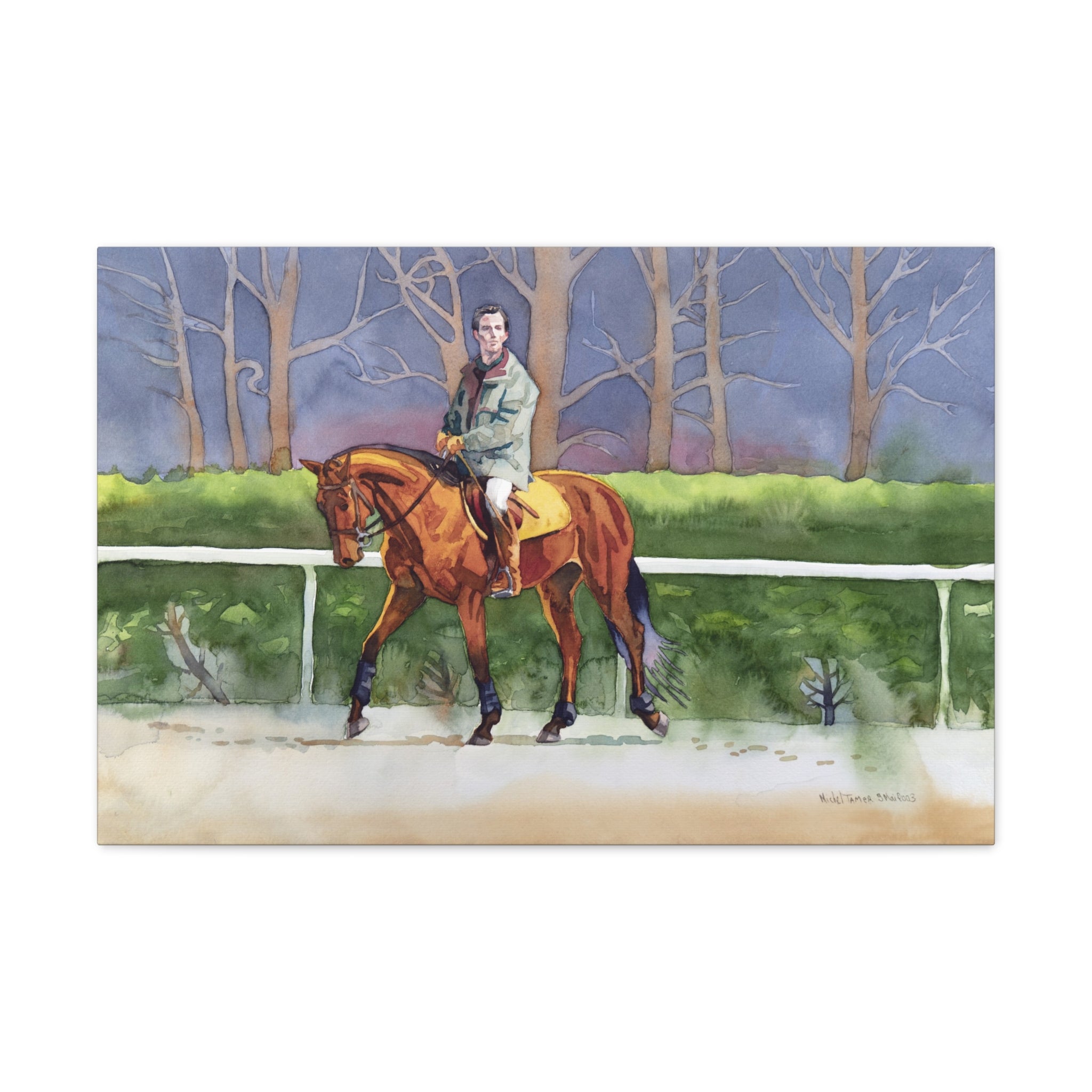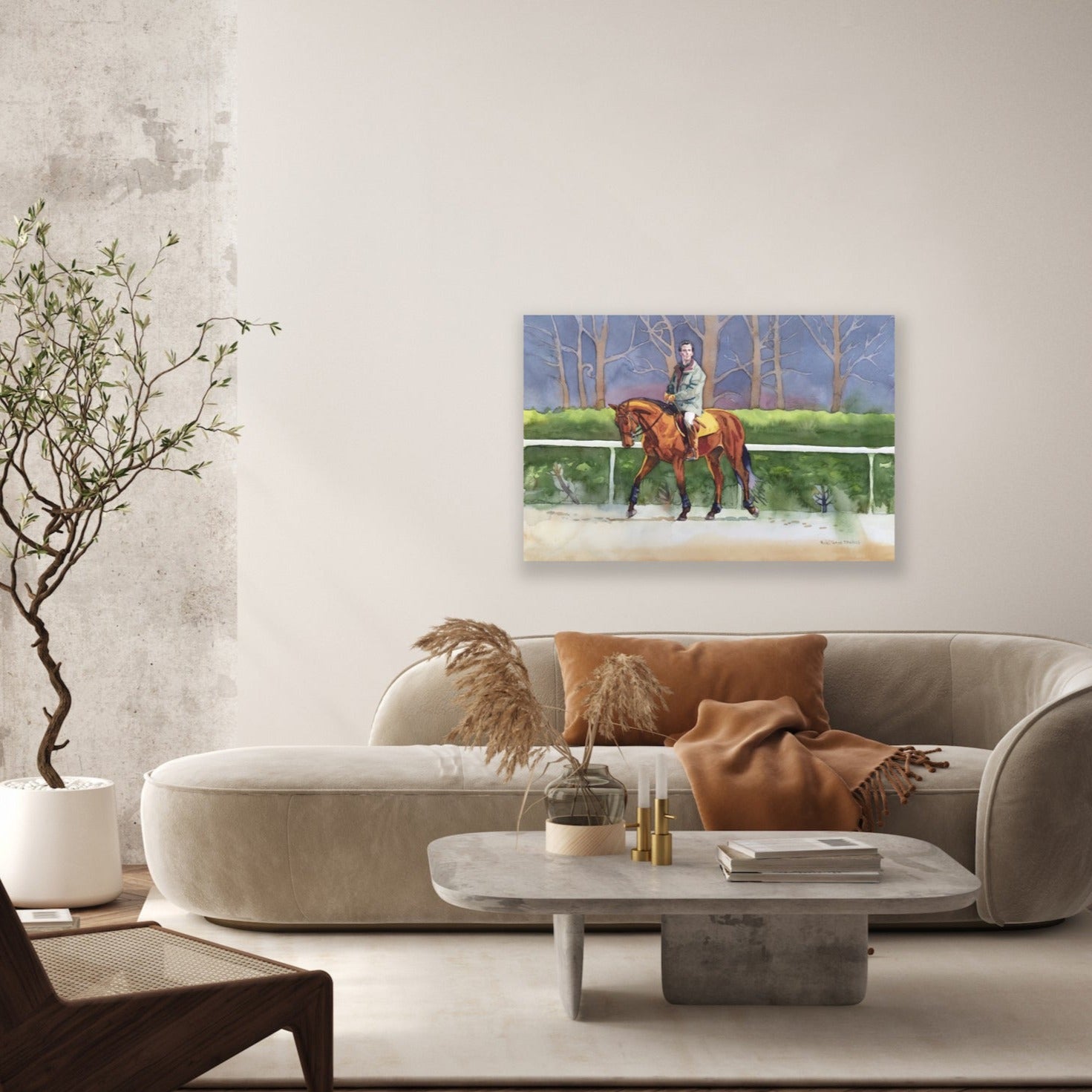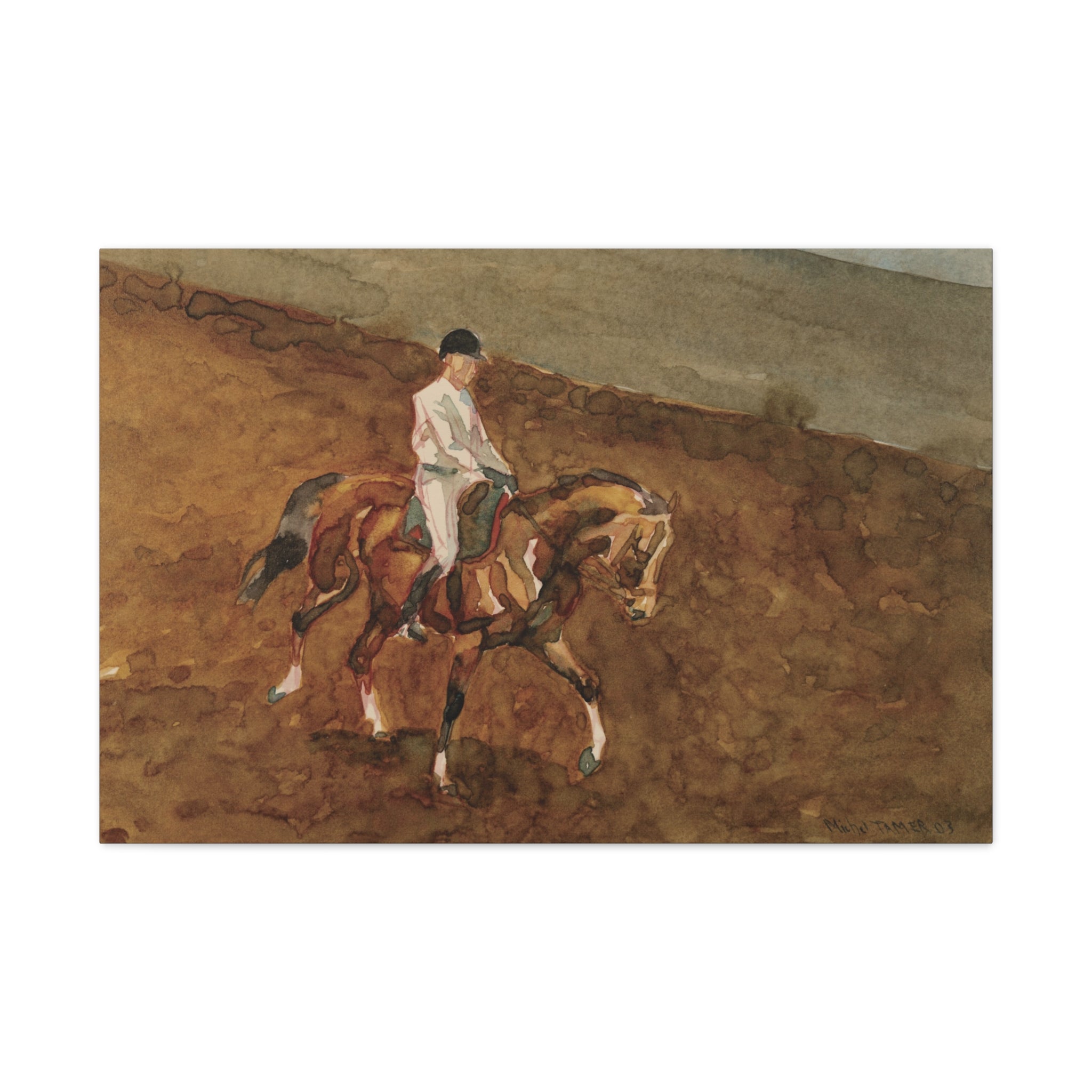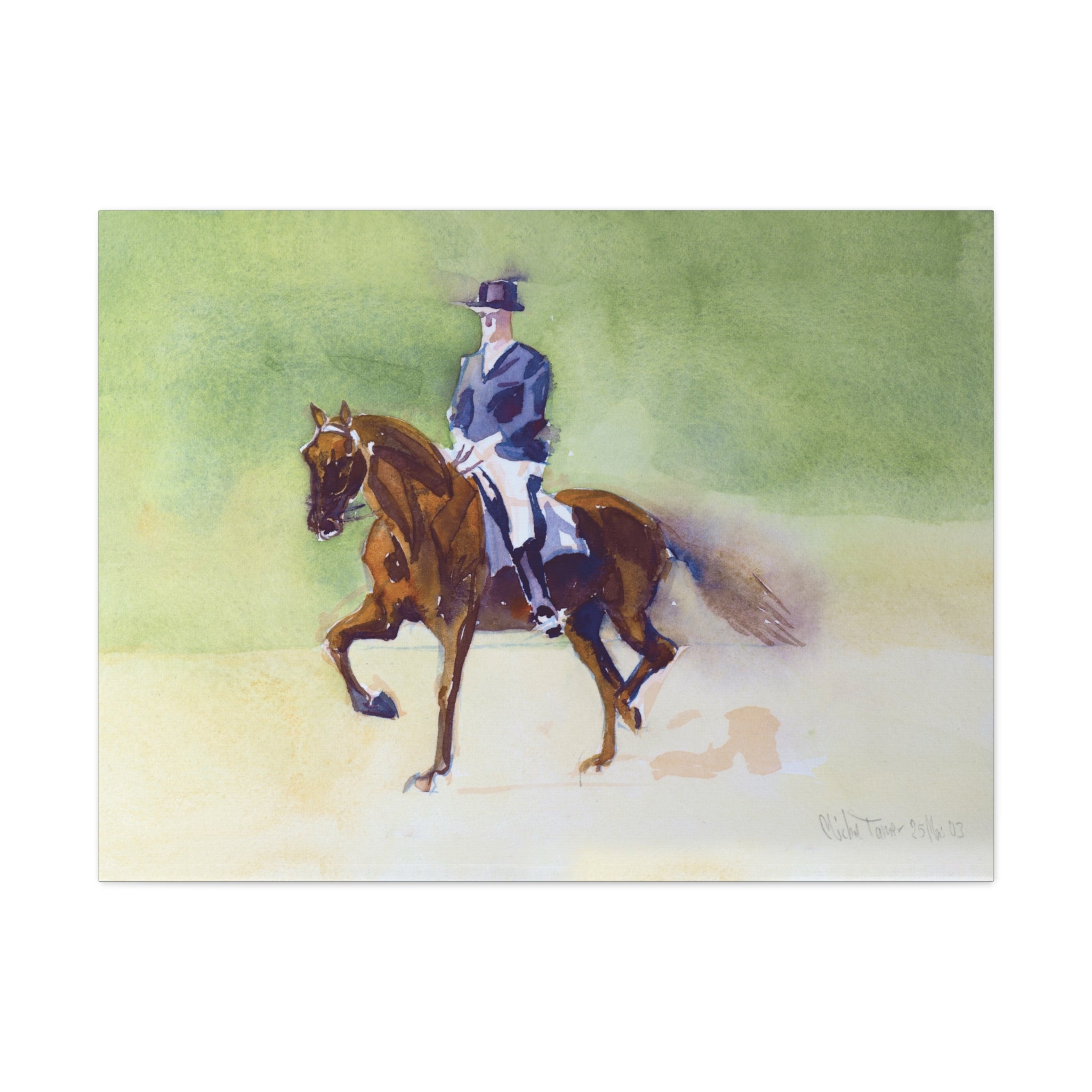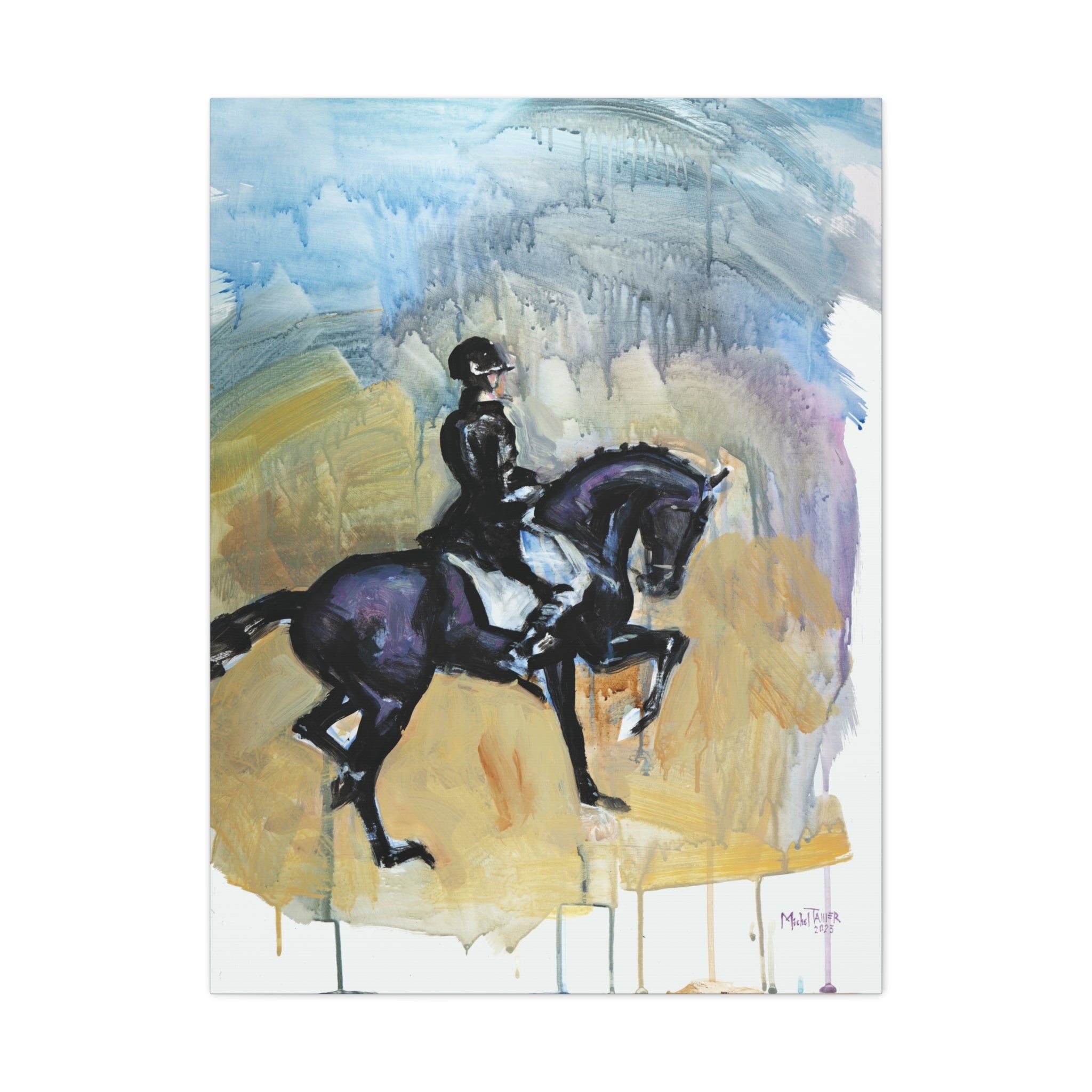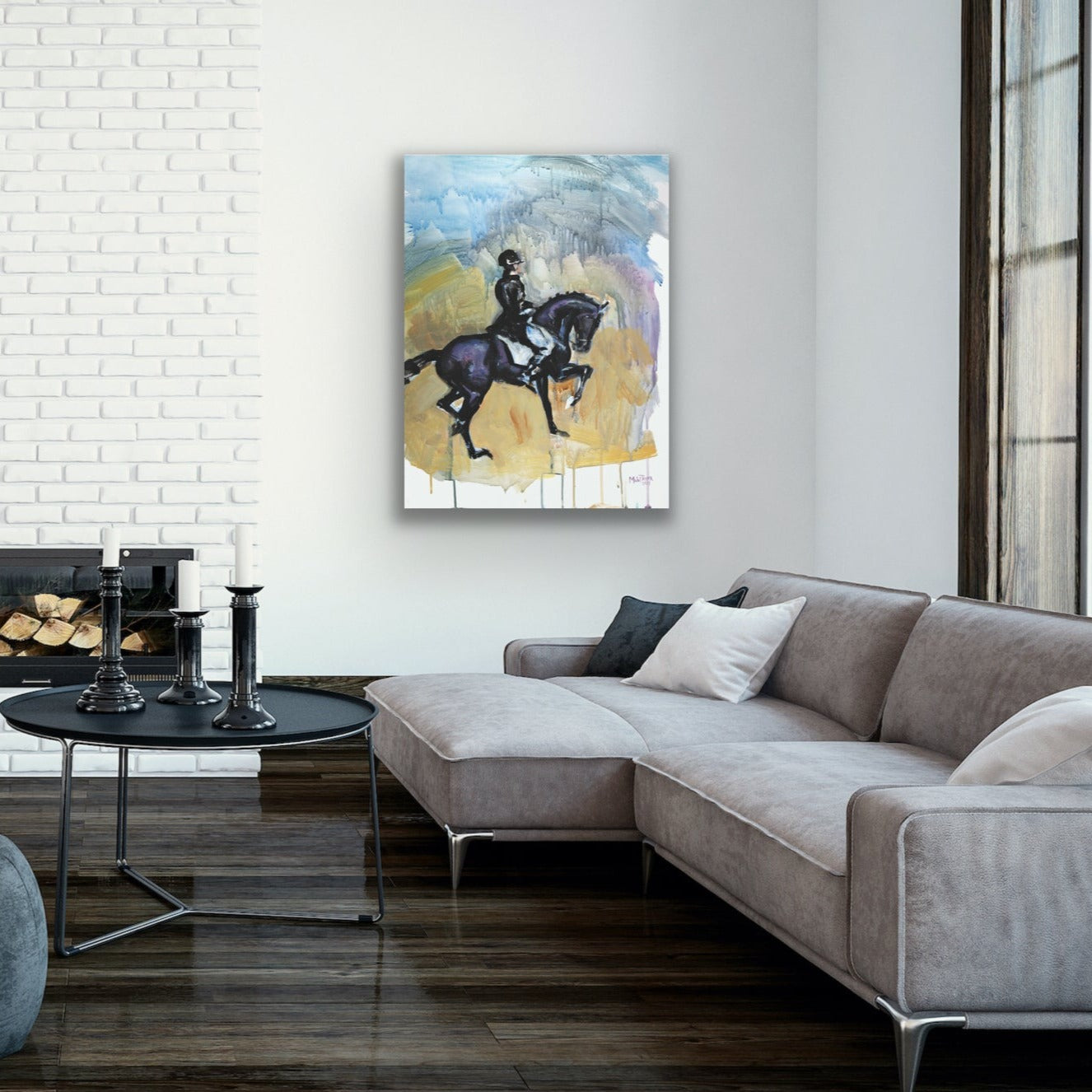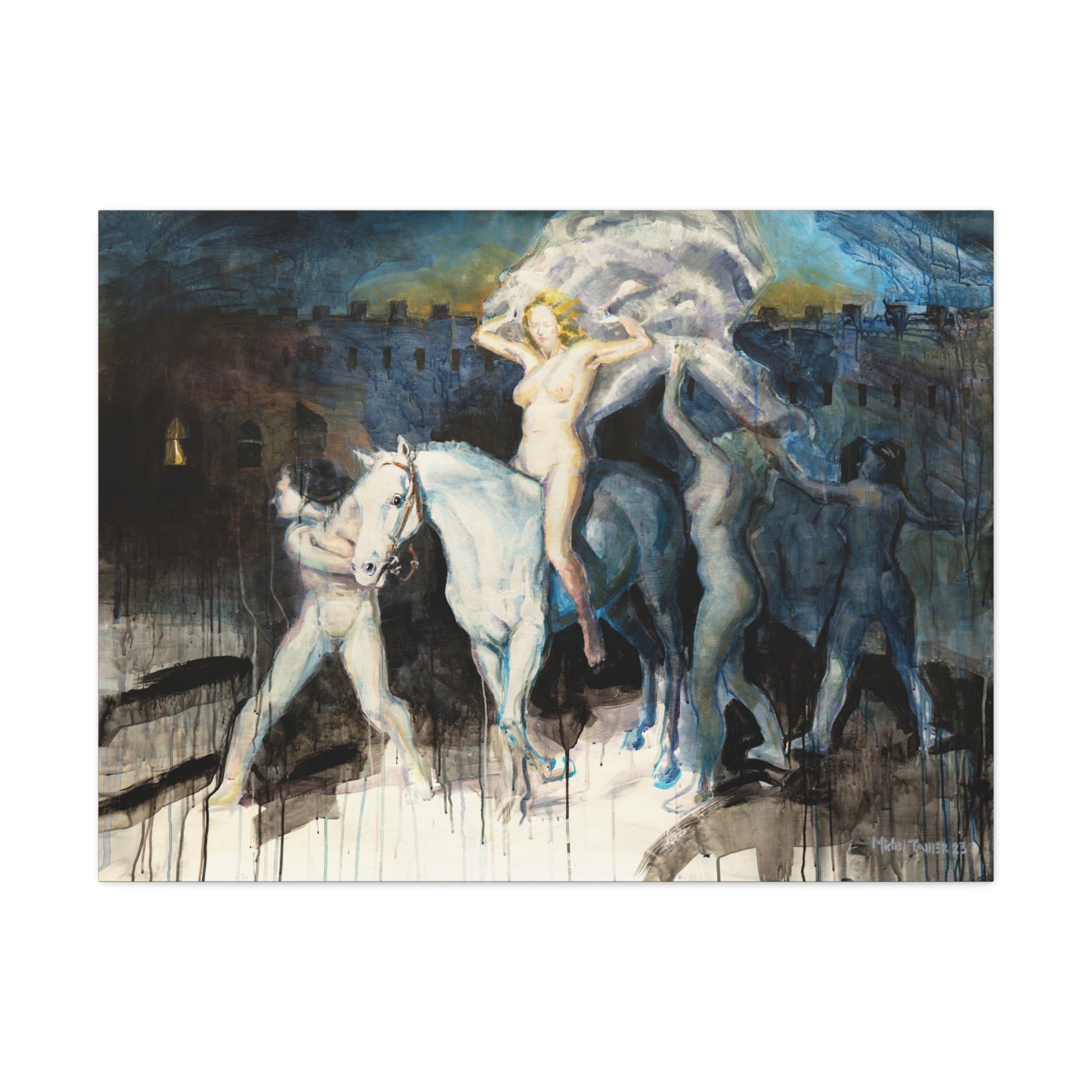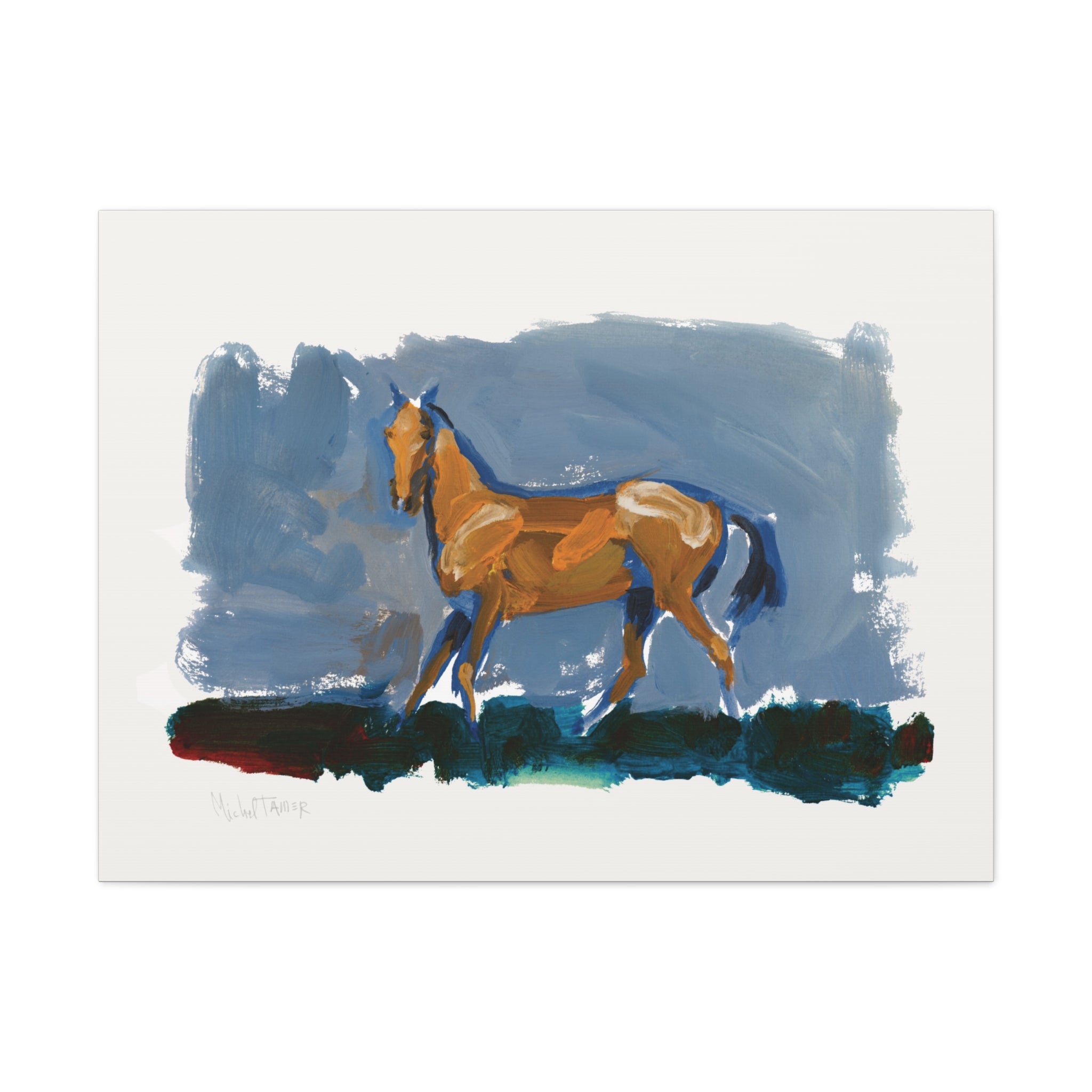Discover Other Collections
Shop AllMichel's Horse Art Prints
Uncover the Tranquil Charm of Michel's Equestrian Art Collections
Step into the world of Michel’s equestrian art collections, where every horse print serves as an invitation to rejuvenate your spirit and invigorate your mind.
Horse Prints & Wall Art
Delve into the elegance and peace that these horse prints bring. Each artwork is thoughtfully designed to capture the spirit and nobility of these extraordinary creatures, creating a serene environment that fosters clarity and equilibrium. Our horse wall art features a wide array of styles, perfect for those who seek both aesthetic beauty and a tranquil retreat within their spaces.
Masterpieces of Equestrian Art
Michel’s equestrian art collections celebrate the enduring relationship between humans and horses, while providing a visually soothing experience. Each piece reflects outstanding craftsmanship and a deep passion for portraying the beauty of horses, encouraging a calming and introspective atmosphere. Ranging from finely detailed portraits to modern abstract interpretations, Michel’s horse art selection adds an air of sophistication and a refreshing tranquility to your home or workspace.
Transform your interior with exquisitely framed horse prints that not only beautify your surroundings but also inspire moments of contemplation and mental revitalization. These carefully crafted prints utilize premium materials, ensuring that your investment in art remains a valued part of your collection while enhancing a balanced and harmonious living space.
Explore Michel’s diverse collections today to find the ideal horse art piece that honors your appreciation for equestrian elegance while nurturing your mental well-being.
- Dressage
Read on to refine your understanding of the depth of Horse Art Prints.
The Subject Matter: The Horse in Art
Horses have long captivated artists and viewers alike, symbolizing a vast array of human experiences and emotions. From ancient civilizations to contemporary art, the depiction of horses reveals their cultural significance and the profound relationship between humans and these noble creatures. In exploring the subject matter of the horse in art, we uncover a rich tapestry of meanings and interpretations that have evolved over centuries.
Horses often serve as potent symbols of power, grace, and freedom in the realm of art. Ancient Greek artists, for instance, frequently portrayed horses in dynamic, heroic poses, emphasizing their strength and divine connection. These depictions celebrated not only the physical prowess of the horse but also highlighted its revered status in mythology. The winged horse Pegasus, for example, symbolizes inspiration and the transcendence of earthly limitations, while other representations reflect the horses’ roles in ancient warfare and chariot racing.
Similarly, in Native American art, horses hold deep spiritual significance, representing vitality and an intrinsic connection to the natural world. Indigenous cultures often viewed horses as sacred beings, integral to their way of life. This perspective is beautifully illustrated in various artworks that depict horses alongside spiritual symbols and natural elements, reinforcing their role as companions and allies in human endeavors. Such representations reflect the integral role that horses played in different cultures, from aiding in transportation and agriculture to serving as symbols in rituals and folklore.
Breeds and Their Artistic Representations
Different breeds of horses have also been prominently featured in art, each contributing its unique attributes to artistic representations. The Arabian horse, known for its grace and endurance, often appears in artworks that emphasize its beauty and elegance. Artists frequently highlight the distinctive features of the Arabian breed, such as its arched neck and expressive eyes, which embody a sense of mystique and nobility.
Mustangs, with their rugged, untamed spirit, are depicted in ways that capture their freedom and raw power. These wild horses symbolize the untamed nature of the American West and are often portrayed in dramatic settings that evoke the vastness of the landscapes they roam. Their representation in art serves as a reminder of the inherent strength and resilience found in nature, as well as the historical significance of wild horses in American culture.
Thoroughbreds, celebrated for their speed and athleticism, often grace the canvases of artists focused on racing and competition. These artworks frequently depict the intense moments of a race, capturing the adrenaline and excitement that accompany such events. Through the dynamic poses and expressions of the horses, artists convey the thrill of competition and the bond between horse and rider. Each breed brings its own set of characteristics to equine artwork, allowing artists to explore different facets of equine beauty and strength.
Symbolism and Cultural Reflections
In summary, the horse in art transcends being merely a subject; it serves as a profound symbol that connects various cultures and historical narratives. Artists have employed the imagery of horses to convey messages of power, grace, and freedom, while also capturing the unique attributes of various breeds. This symbolism is often layered, reflecting societal values and the evolving relationship between humans and horses over time.
For instance, during the Renaissance, horses were often depicted in religious contexts, symbolizing humility and sacrifice. In contrast, Romantic artists celebrated the horse as a representation of nature’s wild spirit, contrasting the industrial advancements of their time. By examining these shifting perspectives, we gain insight into the deep bond between humans and horses and the ways in which these magnificent animals continue to inspire and influence artistic expression.
Scenes and Settings in Equine Fine Art
The settings in equestrian fine art offer a window into the diverse roles and environments that horses inhabit. Whether portrayed in the stable, amidst the grandeur of a show jumping arena, or within the raw beauty of the Wild West, these settings enrich the narrative of each piece, reflecting the multifaceted relationship between humans and horses.
In the stable, fine horse art often depicts moments of calm and routine, providing a glimpse into the daily life of horses and their caretakers. These intimate scenes highlight the bond between humans and horses, showcasing activities such as grooming, feeding, and resting. The stable environment is portrayed with a sense of tranquility, focusing on the nurturing aspects of this relationship. Artists often capture the warm light filtering through stable doors or the gentle touch of a hand brushing a horse's coat, evoking feelings of tenderness and care.
On the other hand, show jumping scenes capture the excitement and dynamism of equestrian sports. Artists illustrate the precision and agility required for show jumping, emphasizing the athleticism of the horses and the dramatic moments of competition. These artworks often convey a sense of movement and energy, celebrating the skill and grace of both horse and rider. The tension of a horse approaching a jump, the arc of its body mid-air, and the concentration on the rider’s face create a powerful narrative that resonates with viewers who appreciate the bond forged through sport.
The Wild West and Its Cultural Significance
Wild West themes bring a different flavor to equine art prints, often featuring horses in the rugged landscapes of the American frontier. This setting reflects the historical and cultural significance of horses in the Wild West, portraying them as integral to the lives of cowboys and the vast open landscapes they traverse. The depiction of horses in this context often conveys themes of adventure, exploration, and the untamed spirit of the American landscape.
Artists may choose to illustrate iconic scenes of cowboys on horseback, navigating through canyons or across plains, embodying the freedom and ruggedness of frontier life. These artworks serve as a reminder of the essential role that horses played in shaping the identity and history of the American West, symbolizing not only a means of transportation but also a way of life rooted in bravery and resilience.
Horses in Nature: Freedom and Majesty
In depictions of horses in nature, artists explore the majestic and untamed aspects of these animals. Whether galloping across open fields, standing proudly amidst natural scenery, or interacting with other wildlife, these works emphasize the beauty and freedom of horses in their natural habitats. The relationship between horses and their environments is a theme that resonates deeply with audiences, invoking a sense of harmony and connection to nature.
Artworks showcasing horses in natural settings often highlight the exquisite landscapes they inhabit, from lush green pastures to windswept plains. These scenes evoke feelings of tranquility and inspiration, reminding viewers of the freedom that horses embody. The movement of a horse running freely can symbolize liberation and joy, making these pieces particularly resonant for those who appreciate the beauty of nature and the spirit of adventure.
Racing: The Thrill of Speed
Racing and speed are central themes in some equestrian paintings, capturing the thrill and intensity of horse racing. These scenes often highlight the power and velocity of the horses, illustrating the adrenaline and excitement of the racetrack. Artists frequently depict moments of high stakes and fierce competition, drawing attention to the expressions of both horse and rider as they navigate the challenges of the race.
The depiction of thoroughbreds in full stride, their muscles rippling and hooves pounding the ground, conveys not only physical strength but also the emotional intensity of the moment. Viewers are drawn into the action, feeling the pulse of the race and the energy that surrounds it. This excitement captures the essence of equestrian sports, where the bond between horse and rider is tested against the backdrop of competition.
The Emotional Connection
Each of these settings provides a unique context for understanding horses, not just as subjects but as symbols within various narratives and environments. Through these diverse scenes, equine fine art reveals the richness of the relationship between horses and their surroundings, celebrating their roles in different aspects of human and natural landscapes.
The emotional connection that viewers feel toward these artworks is a testament to the enduring bond between humans and horses. Many people find that these depictions evoke nostalgia, joy, or a sense of peace, allowing them to connect with their own experiences with horses. Whether one has grown up riding, has a deep admiration for the equestrian world, or simply appreciates the beauty of these animals, equine art serves as a bridge that fosters understanding and appreciation.
Conclusion
In conclusion, the subject of the horse in art encompasses a myriad of meanings and cultural interpretations. From ancient representations to contemporary expressions, horses have inspired artists across time, serving as symbols of power, grace, and freedom. Through diverse scenes and settings, equine fine art not only celebrates the beauty of horses but also reflects the intricate relationships they share with humans and their environments. As we explore these artistic representations, we gain deeper insights into our own connections to these magnificent creatures and the profound impact they continue to have on our lives.
By understanding the multifaceted roles horses play in art, we can appreciate the depth of emotion and cultural significance they carry. The journey of the horse in art is an ongoing narrative that invites us to reflect on our values, history, and the unbreakable bond between humanity and the equine spirit.

